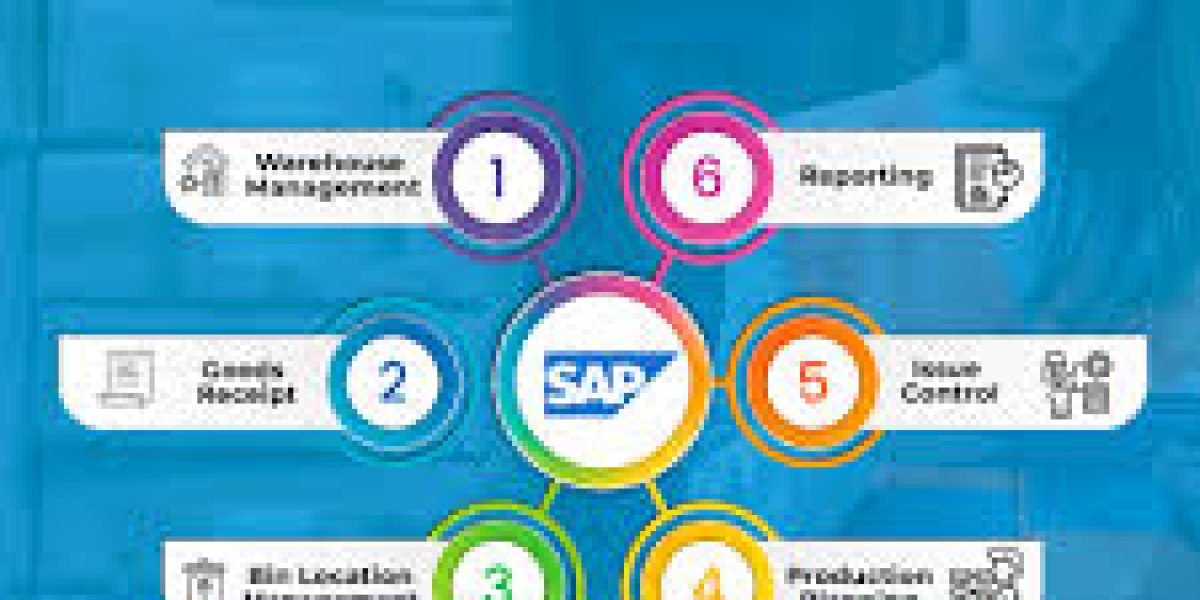Integration Options Between SAP and Non-SAP Systems
Efficient data exchange and seamless business process integration between these systems are crucial for operational excellence and digital transformation. Whether you are an enterprise professional or someone taking SAP Classes in Pune , understanding these integration mechanisms is essential for building scalable enterprise solutions.
Why Integration Matters
Businesses use various applications—CRM systems, e-commerce platforms, third-party logistics, and legacy databases—that may not be SAP-based. To enable end-to-end business processes like order-to-cash or procure-to-pay, SAP must communicate with these non-SAP systems. This integration helps achieve:
Data consistency
Operational efficiency
Improved decision-making
Real-time data availability
Now, let’s explore the different integration options SAP provides to connect with non-SAP environments.
Key Features:
Supports multiple protocols (HTTP, FTP, SOAP, JDBC, IDoc, etc.)
Graphical mapping tools for data transformation
Secure and scalable
Whether you are part of a corporate team or undergoing training in Pune, understanding PI/PO is crucial for integration architecture roles.
Advantages:
Pre-built integration content
API-based communication
Low-code environment
Easily integrates with Salesforce, Amazon Web Services, and more
Many institutions offering an SAP Course in Pune now include SAP CPI modules, recognizing its importance in modern SAP landscapes.
IDocs (Intermediate Documents)
IDocs are a popular method for asynchronous data exchange between SAP and external systems. An IDoc is a standardized document format used to transfer data for transactions such as orders, deliveries, or invoices.
Common Use Cases:
EDI (Electronic Data Interchange)
Legacy system integration
Custom third-party solutions
While working professionals might get hands-on experience with IDocs in real-world projects, students in SAP Classes in Pune are often introduced to IDoc structure, message types, and processing techniques.
RFC (Remote Function Call)
Types of RFC:
Synchronous RFC (sRFC)
Asynchronous RFC (aRFC)
Transactional RFC (tRFC)
Queued RFC (qRFC)
Web Services (SOAP and REST APIs)
SAP supports service-oriented architecture (SOA) via web services. You can expose SAP functions as SOAP or RESTful APIs to allow non-SAP systems to consume them.
Advantages:
Platform-independent
Enables real-time integration
Can be deployed on SAP Gateway or SAP Business Technology Platform (BTP)
As REST APIs are integral to modern web development, any advanced SAP course in Pune should cover OData services and SAP Gateway extensively.
SAP Business Connector (SAP BC)
SAP BC is an older tool that uses open standards like HTTP and XML to connect SAP with external systems. Though less popular today, it still sees usage in some legacy environments.
Highlights:
Lightweight
Web-based administration
Suitable for XML and IDoc exchange
BAPIs (Business Application Programming Interfaces)
BAPIs are standardized programming interfaces that allow external systems to interact with SAP objects. For example, a non-SAP CRM system can use BAPI to create a sales order in SAP.
Benefits:
Encapsulates business logic
Ensures data integrity
Used in both synchronous and asynchronous communication
Mastery of BAPI is essential for integration consultants and is a staple topic in many SAP Classes in Pune.
File-Based Integration
This is one of the simplest forms of integration where files (CSV, XML, etc.) are shared between systems using FTP/SFTP or shared folders.
Usage Scenarios:
Legacy systems without API capabilities
Batch processing
Cost-sensitive solutions
Despite its simplicity, file-based integration requires error-handling and scheduling mechanisms, which are taught in practical training in Pune sessions.
Middleware Tools (Non-SAP)
These tools provide:
Pre-built connectors
Data mapping and transformation tools
Monitoring dashboards
Knowledge of these tools enhances the capabilities of SAP professionals, making them more versatile—a topic increasingly covered in updated SAP course in Pune modules.
Conclusion
SAP integration with non-SAP systems is not just a technical necessity but a strategic enabler for business agility and innovation. From classic options like IDocs and RFCs to modern cloud-native tools like SAP CPI and RESTful APIs, the integration landscape is vast and continuously evolving.
Whether you’re a business aiming to streamline operations or a student seeking to enter this lucrative field, enrolling in comprehensive SAP Training in Pune is a great start. Look for programs that offer hands-on labs and real-world integration scenarios. The right training in Pune can empower you to become proficient in SAP system integration, opening up opportunities in consulting, development, and enterprise architecture roles.
Interview Questions of SAP S/4 Hana sourcing & procurement












